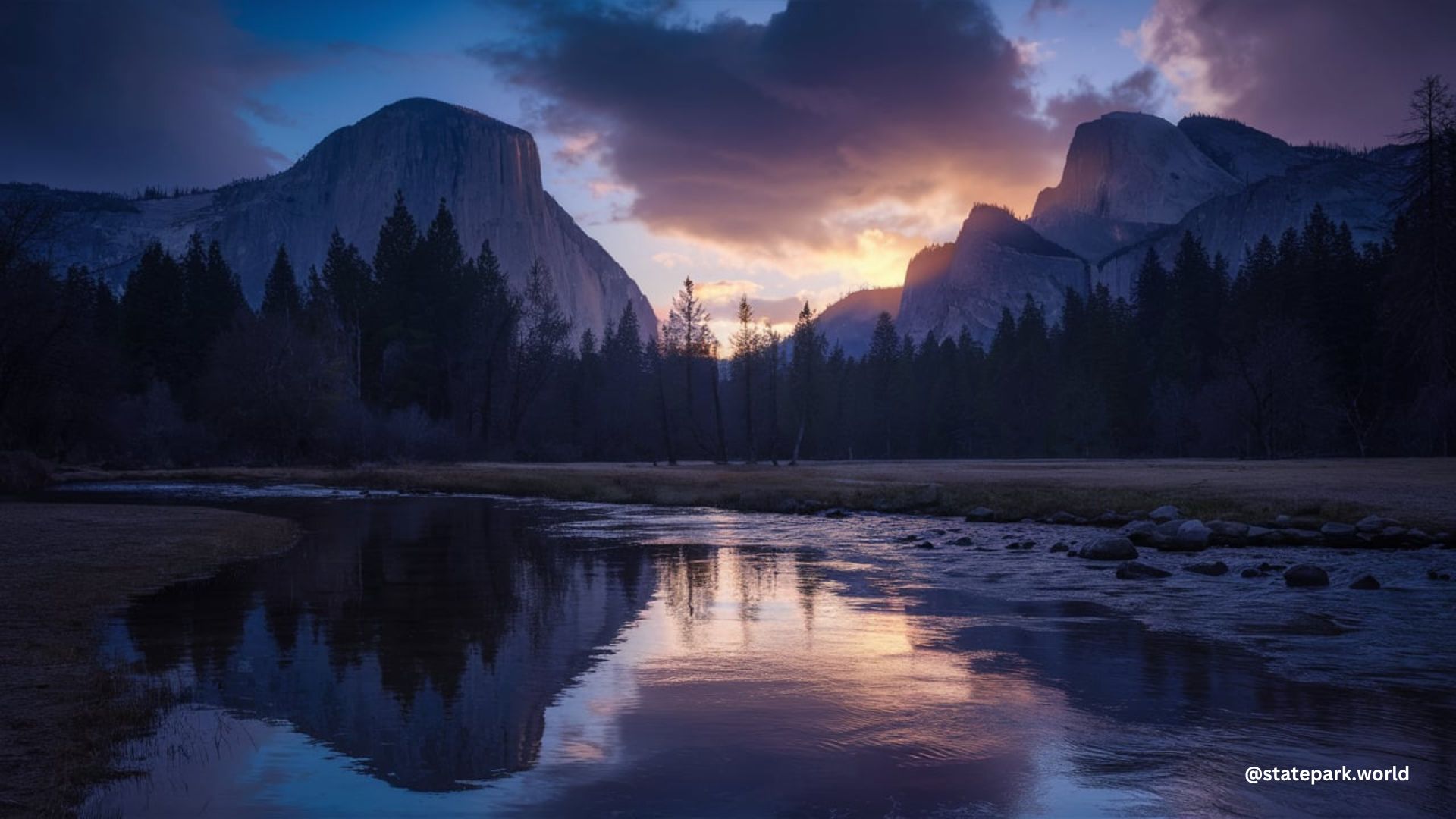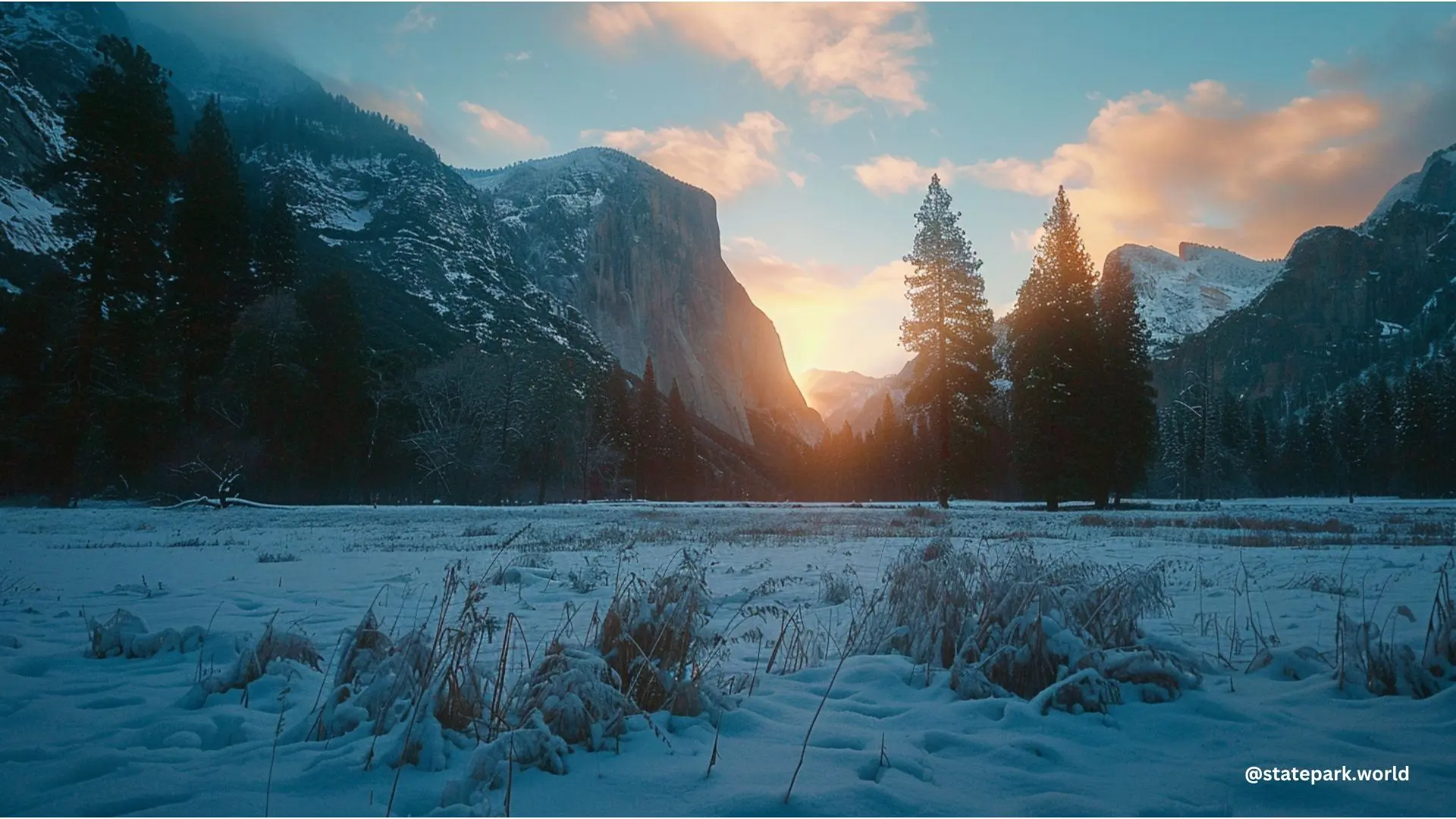Yosemite National Park’s Mariposa Grove is a must-visit destination for state park touring enthusiasts, especially those with an interest in advanced details and specifications. This sequoia grove, located near Wawona, California, is the largest in Yosemite National Park and is home to several hundred mature sequoias, including two of the 30 largest giant sequoias in the world.
History and Significance of Mariposa Grove
Mariposa Grove has a rich history, having been first visited by non-native people in 1857. It was named after Mariposa County, California, and was later ceded to the state of California by Abraham Lincoln in 1864 through the Yosemite Grant Act. However, due to concerns over stewardship, the grove was returned to federal control and became part of Yosemite National Park.
The Giant Sequoias of Mariposa Grove

The grove is a popular attraction, with over 500 mature giant sequoias. It is also home to some of the most famous trees in the park, such as the Fallen Giant and the Massachusetts tree, both of which are no longer standing.
Largest Trees in Mariposa Grove
Here are some of the largest trees in the Mariposa Grove:
| Tree Name | Height (feet) | Diameter (feet) |
|---|---|---|
| Grizzly Giant | 209 | 27.6 |
| California Tunnel Tree | 227 | 21.0 |
| Faithful Couple | 209 | 19.7 |
Unique Features of the Giant Sequoias
Giant sequoias are known for their massive size, thick bark, and resistance to fire. They can live for thousands of years and are among the oldest living organisms on Earth.
Visiting Mariposa Grove
Mariposa Grove reopened in June 2018 after a three-year closure for a restoration project aimed at improving giant sequoia habitat and visitor experience. The project addressed issues such as roads, trails, and buildings encroaching on the roots of ancient trees and hydrology issues. The grove is now designed to accommodate a certain number of people to maintain facilities, protect natural and cultural resources, and provide a quality visitor experience.
Accessing the Grove
Visitors can access the grove via a free shuttle from the Mariposa Grove Welcome Plaza, which has about 300 parking spaces. The shuttle service operates from approximately mid-April through November, and visitors are advised to arrive by mid-morning to increase their chances of finding a parking space. When the shuttle service is not available, access to the grove is via a two-mile hike on the Washburn Trail or the Mariposa Grove Road, each with approximately 500 feet in elevation gain.
Winter Visits
During winter, all trails in the grove remain open for cross-country skiing and snowshoeing, and several miles of trails are available from the two-mile hike entry point. Overnight camping is allowed in the Mariposa Grove from December 1 through April 30, with a permit required for overnight stays.
Exploring the Mariposa Grove
Visitors can explore the grove through guided tours and programs or by hiking on trails such as the Big Trees Loop Trail, Grizzly Giant Loop Trail, Guardians Loop Trail, and Mariposa Grove Trail. These trails offer a range of difficulty levels, from easy to strenuous, and provide access to the grove’s most famous trees and views.
In conclusion, Yosemite National Park’s Mariposa Grove is a stunning and historically significant destination for state park touring enthusiasts. With its large number of mature giant sequoias, famous trees, and range of hiking trails, it offers something for everyone. Visitors are advised to plan their visit carefully, taking into account the shuttle service operating dates and winter trail conditions.
References:
– Wikipedia – Mariposa Grove
– National Park Service – Mariposa Grove Welcome Plaza
– Yosemite.com – Mariposa Grove of Giant Sequoias
– TripAdvisor – Mariposa Grove of Giant Sequoias
– National Park Service – Mariposa Grove

